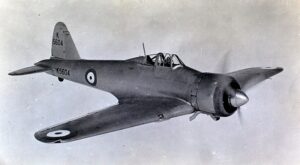
Gloster F.5/34
The Gloster F.5/34 was a British single-seat, single-engine monoplane fighter aircraft with eight machine guns and an air-cooled engine.
There are various types of aircraft, including airplanes, helicopters, gliders, airships, and hot air balloons. This page will allow you to quickly visit each type section more easily. Jump to:
Airplanes – Airships – Gliders – Helicopters – Hot Air Balloons
Airplanes have significantly impacted global connectivity, commerce, and tourism, shrinking distances and facilitating global transportation networks. They have revolutionized travel, enabled rapid delivery of goods, facilitated emergency response and medical evacuations, and played a crucial role in military operations and surveillance. Here is the access to the complete database (divided by Type):
Airplanes, also known as aeroplanes or fixed-wing aircraft, are the most common and widely used type of aircraft. They have fixed wings that generate lift as they move through the air. Airplanes can range from small single-engine aircraft used for recreational purposes to large commercial airliners and cargo planes capable of carrying hundreds of passengers or significant amounts of freight.

The Gloster F.5/34 was a British single-seat, single-engine monoplane fighter aircraft with eight machine guns and an air-cooled engine.
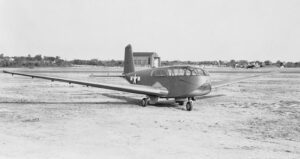
The Bristol XLRQ was a 12-seat amphibious glider aircraft developed for the United States Marine Corps in 1942-43.
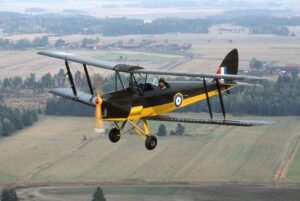
The De Havilland Tiger Moth was a British biplane designed in the 1930s, operated by the RAF, and built by the de Havilland Aircraft Company.
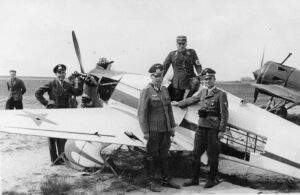
The Yakovlev UT-1 was a single-seater trainer aircraft used by the Soviet Air Force during WW2, from 1937 until the late 1940s.
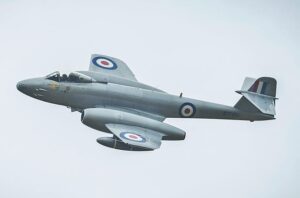
The Gloster Meteor was the first British jet engine and the only one used by the Allies during the Second World War.
Helicopters are rotary-wing aircraft that use rotating blades on top to generate lift and propulsion. They have the unique ability to take off and land vertically and hover in one place. Helicopters are widely used in various applications, including transportation, search and rescue, and military operations.

The Mil Mi-8, known by its NATO reporting name “Hip,” is a Soviet-designed medium twin-turbine helicopter that is widely produced and used.
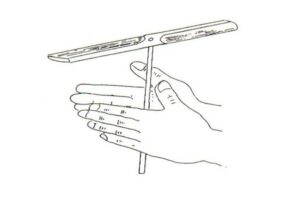
The Bamboo-Copter or Chinese Top is a toy helicopter rotor that flies up when its shaft is spun rapidly. The spinning creates lift.
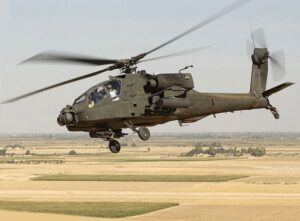
The Boeing AH-64 Apache is an American twin-turboshaft attack helicopter primarily operated by the U.S. Army but used by many nations.
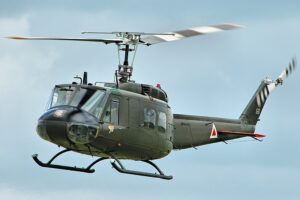
The Bell UH-1 Iroquois is a utility military helicopter and the first turbine-powered helicopter in service with the United States military.
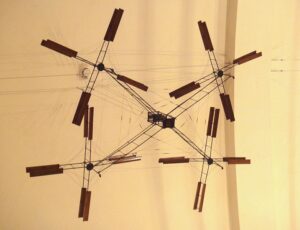
Leonardo’s Aerial Screw was envisioned as a device resembling a large screw or corkscrew-shaped structure that would enable vertical flight.
Gliders are unpowered aircraft that rely on the natural forces of wind and air currents to stay aloft. They have long wings and are designed to glide through the air for extended periods without an engine. Gliders are used for recreational flying, competitive soaring, and training purposes.
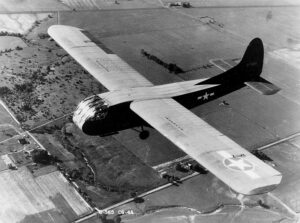
The Waco CG-4 (or Hadrian) was the most widely used American troop and cargo military glider of World War II.
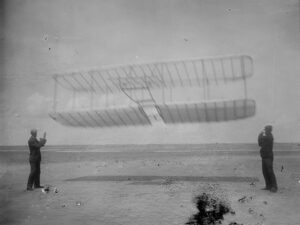
The Wright Glider was a series of four experimental aircraft (1 kite and 3 gliders) designed by Orville and Wilbur Wright in 1900-1902.

The Airspeed AS.51 Horsa was a British troop-carrying glider developed and manufactured by Airspeed and used during the Second World War.
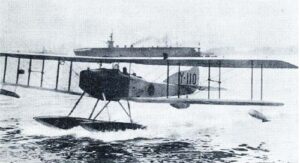
The Yokosuka Ro-go Ko-gata was a Japanese experimental glider used as a reconnaissance floatplane. It was developed during World War I.
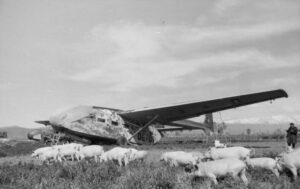
The Gotha Go 242 was a German transport glider used by the Luftwaffe during World War II. It saw limited combat action.
Airships, also known as dirigibles or blimps, are lighter-than-air aircraft that use large gas-filled envelopes for buoyancy. They have engines for propulsion and control surfaces for maneuverability. Airships are relatively slower than airplanes but offer unique capabilities for long-distance travel and aerial observation.

His Majesty’s Airship R100, or R100, was a British rigid airship designed and constructed as part of an ambitious experiment in the 1920s.
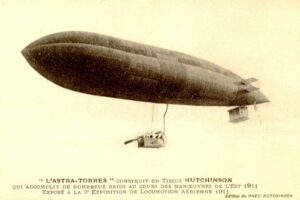
The Astra-Torres Airship was a French non-rigid airship built by Société Astra between 1908 and 1922 and designed by Leonardo Torres Quevedo.
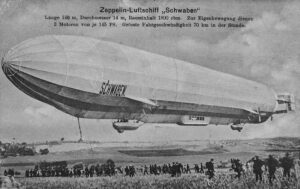
The Zeppelin LZ 10 Schwaben was a German rigid passenger airship built in 1911 by Luftschiffbau Zeppelin and operated by DELAG.
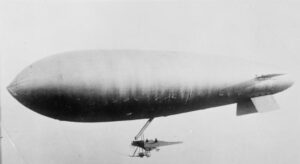
The SS Class Airship were cheap and simple small non-rigid airships or “blimps” designed to counter German U-boats.
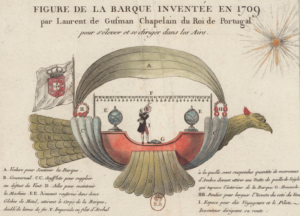
The De Gusmao Steam Airship was a picture and description of an airship made by Bartolomeu Lourenço de Gusmão to King João V in 1709.
Hot air balloons are aircraft that use hot air to generate lift. They consist of a large envelope filled with heated air and are propelled by wind currents. Hot air balloons are primarily used for recreational purposes and provide a serene and scenic flying experience.

The Breitling Orbiter 3 was a historic hot air balloon that achieved the first successful nonstop circumnavigation of the globe in 1999.

This successful demonstration of hydrogen as a lifting gas paved the way for subsequent manned flights and further developments.
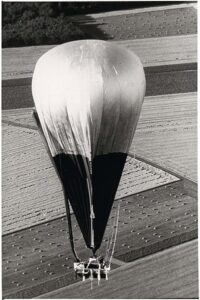
The Double Eagle II was the first balloon to cross the Atlantic Ocean. It left Maine and landed on 17 August 1978 near Paris.

The Virgin Atlantic Flyer was a groundbreaking hot air balloon piloted by entrepreneur Richard Branson and Swedish aeronaut Per Lindstrand.

The Spirit of Freedom was a groundbreaking hot air balloon that marked a historic achievement in aviation. Learn more about it.